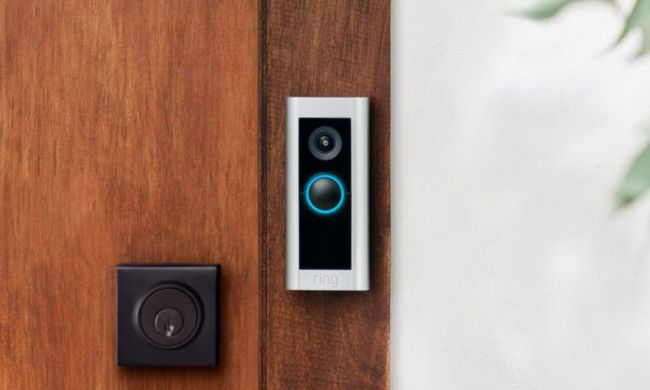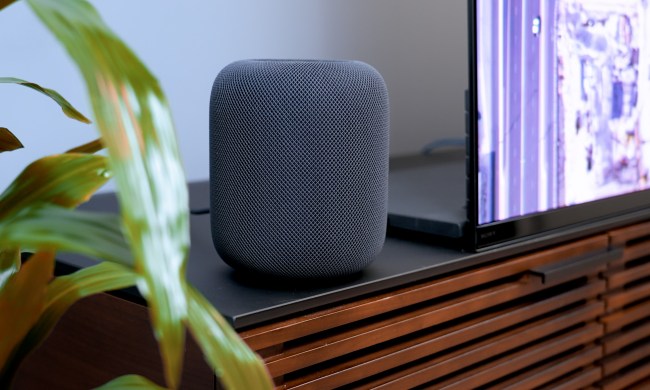When is the last time you had to connect a smart device to the internet through an Ethernet port on your router? It’s not as common these days as it was in the early days of smart home technology, but some devices — smart home bridges, hubs, and security systems in particular — still require it.
This is a trend that needs to end. Though there are benefits to Ethernet connections (more on those later), it’s another cable that users have to deal with in a world that’s going increasingly wire-free.
With ports in short supply, no one needs extra cables
The de facto standard for smart home technology is Wi-Fi. Modern Wi-Fi networks support speeds sufficient enough to transmit most data in real time, without the need for extra Ethernet cables.
However, NVR security systems often need an Ethernet port just to handle the amount of data transmitted. It’s difficult to control eight cameras at once over Wi-Fi without clogging the network. There are other examples, too. Take the Philips Hue Bridge. It connects your lights to the web and enables online features, but it too requires an Ethernet connection straight to your router or modem.
All of this presents a disadvantage for one clear reason: most internet service providers (ISPs) provide a router with limited ports. Xfinity’s xFi router only has two ports. If one port is used for a solid, steady connection to a gaming PC or a game console, and the other is used for the Hue bridge, then no ports are left for anything else.

The obvious solution in a situation like this is to invest in a router with more ports, but there are downsides to that, too. Xfinity’s xFi router includes built-in, hardware-level cybersecurity solutions. Opting for a third-party router means losing access to those benefits.
Another obstacle is price. Many of the best third-party routers (or those with enough bandwidth to allow users to take full advantage of their Internet speeds) are often $300 or more. In some situations, Ethernet is unavoidable. But in any situation where Wi-Fi is a reasonable option, it should be used. Companies like LIFX allow all of their bulbs to connect directly to the Wi-Fi router, no bridge required. Any smart company still clinging to the concept of a hub should get with the times.
Why someone might choose Ethernet
It isn’t fair to entirely dismiss Ethernet out of annoyance, however. There are a lot of good reasons (and a few extraordinary ones) why Ethernet is used.
The first is obviously stability and bandwidth. A wired connection is inherently more stable than a wireless one, and users with an Ethernet connection will experience higher speeds and less packet loss than someone on Wi-Fi.
That doesn’t even take into consideration the obstacles that Wi-Fi faces. Particularly thick walls and certain types of construction materials can make it all but impossible for a Wi-Fi signal to transmit all the way through the house. Ethernet doesn’t have this problem, and a home wired with Ethernet in mind is convenient — but few homes are designed or wired with an Ethernet port in every single room.

To return to the example of the NVR, a device maintaining and streaming eight different high-quality or 4K video streams requires a lot of bandwidth. Ethernet can support this kind of functionality in a way that Wi-Fi cannot. That’s a case where Ethernet is an excusable addition; however, many times Ethernet is used when it doesn’t need to be.
Another advantage to Ethernet is security, and that’s yet another reason why an NVR might use Ethernet. It’s much harder to hack an all-physical network, since the hacker would require physical access to that network.
Ethernet also tends to be faster overall than Wi-Fi, with lower total latency. Feeds from security cameras have less lag, devices respond to commands faster, and more.
The solution for now: Better routers
Until companies begin doing away with unnecessary Ethernet connections and make Wi-Fi the go-to standard, the best option for consumers is to invest in a better router with multiple Ethernet ports. For most people, four to five ports will be enough.
A firewall router provides many of the same built-in protections as a router provided with your ISP, sometimes with even more options.
A few options for this type of router include the TP-Link Archer C5400 v2, a device that integrates with Alexa and IFTTT and supports bandwidth up to 2 gigabits. It also has four Ethernet ports, as well as USB 3.0 and 2.0 ports for $200.
Another option is the Netgear Nighthawk Smart WiFi Router Ac2400. This router supports up to 1.9 gigabit connections and includes 4 Ethernet ports and a single USB 2.0 port. Aside from the multiple ports, it has built in DoS attack protection and security filters — not too bad for $99.
Ultimately, it’s not that Ethernet is a bad option. It’s just that in many cases, Wi-Fi is the better option. An ideal world would provide end users with both Wi-Fi and Ethernet options on smart devices and allow them to choose which one better suits their needs.
Until that day comes, though, consider whether you have enough Ethernet ports on your router for all of the smart home devices in your home. If not, it might be time to look at a different router — or to take a look at bridgeless smart home tech.



